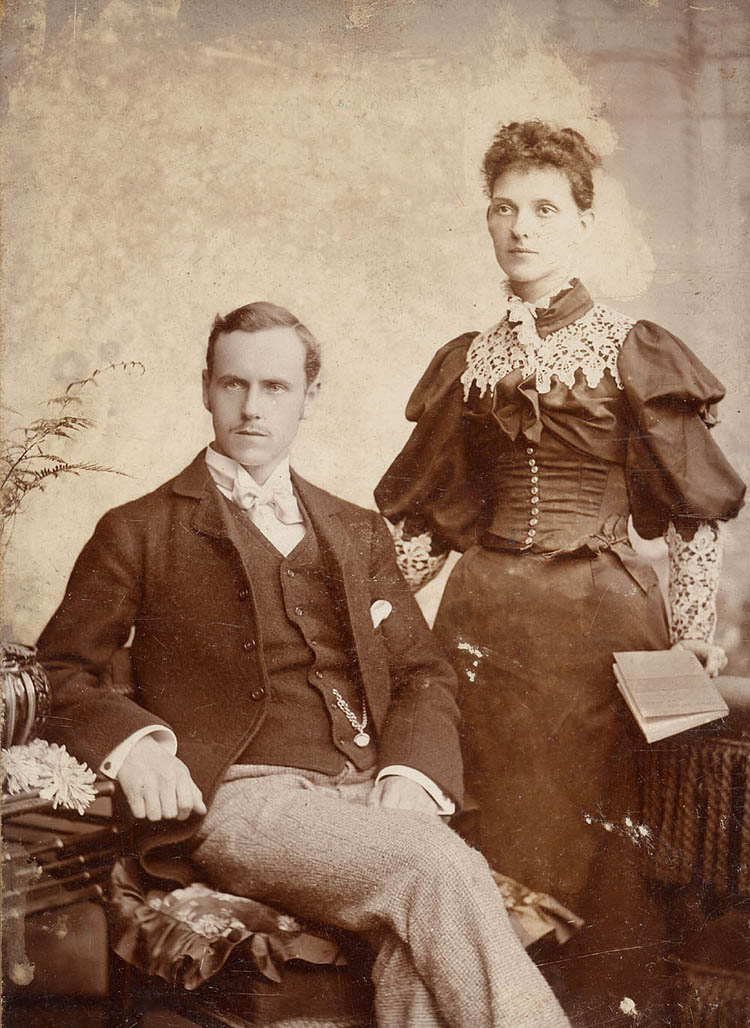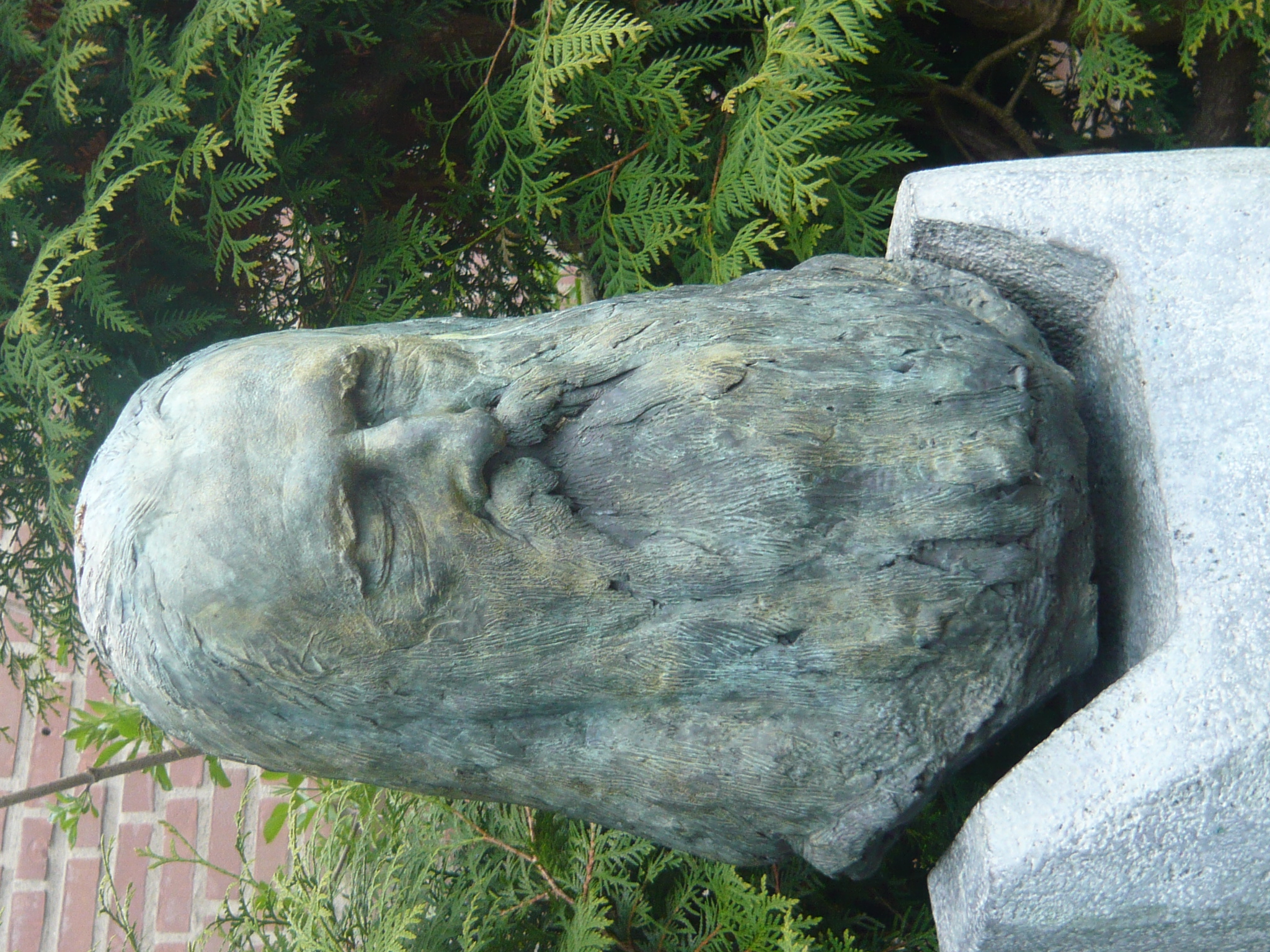|
Get A Move On!
"Get a Move On!" is a song by English record producer and disc jockey Andrew Carthy under his alias Mr. Scruff, featuring Fingathing member, Sneaky, on bass. The song is featured as the third track from his second studio album, ''Keep It Unreal''. It was first released as a three-track single on 1 May 1999, and then re-released on 6 August 2001 as a three-track single featuring "Ug" as its B-side. The song samples "Bird's Lament" by Moondog, alongside vocals from T-Bone Walker's "Hypin' Woman Blues", and also contains samples of the song "That's the Blues" by Rubberlegs Williams. Track listing 1999 single Vinyl release #"Get a Move On!" – 7:32 #"Do You Hear?" – 6:54 #"Ambiosound" – 3:34 CD release #"Get a Move On!" (Radio Edit) – 3:26 #"Do You Hear?" – 6:53 #"Ambiosound" – 3:34 #"Get a Move On!" – 7:32 2001 re-release Vinyl release #"Get a Move On!" #"Ug" #"Ug Beats" CD release #"Get a Move On!" (Radio Edit) #"Ug" #"Get a Move On!" Music video The music ... [...More Info...] [...Related Items...] OR: [Wikipedia] [Google] [Baidu] |
Keep It Unreal
''Keep It Unreal'' is Mr. Scruff's first major release. It includes the hit single "Get a Move On!", which is an electro swing track built upon samples of Moondog's "Bird's Lament (In Memory of Charlie Parker)" alongside vocals from T-Bone Walker's "Hypin' Woman Blues." The album ends with "Fish", a track made up of samples about marine life, which is a motif of Mr. Scruff. Samples used in the track include the likes of David Attenborough and David Bellamy. It was re-released in 2009 as a 10th anniversary two disc set. Track listing (Original Version) All tracks written by Andy Carthy (Except where noted) #"Is He Ready..." ( Mary Anne Hobbs intro) - 0:15 #"Spandex Man" (featuring Clive Hunte on bass n effects) - 4:41 #"Get a Move On!" (featuring Sneaky of Fingathing) - 7:36 #"Midnight Feast" - 3:36 #"Honeydew" (featuring Fi) ''(A Carthy / F Ball)'' - 6:35 #"Cheeky" - 5:36 #"So Long" - 4:14 #"Chipmunk" - 5:08 #"Do You Hear" - 4:49 #"Shanty Town" - 3:47 #"JusJus" (featuring Roots ... [...More Info...] [...Related Items...] OR: [Wikipedia] [Google] [Baidu] |
Rubberlegs Williams
Henry "Rubberlegs" Williams (14 July 1907 in Atlanta - 17 October 1962 in New York City) was an American blues and jazz singer, dancer and occasional female impersonator. A star of Vaudeville, he is probably best remembered for his singing work with Charlie Parker and Dizzy Gillespie, although it was his dancing for which he was renowned in New York City and Boston. Biography Williams was born in Atlanta in 1907. He became employed as dancer with Bobby Grant's Female Impersonators in 1919 and became a spectacle. He later won several Cakewalk and Charleston competitions and other dancing contests and achieved success in Vaudeville, going on tours with the Theater Owners Booking Association. He got his nickname "Rubberlegs" because he danced as if he had legs made of rubber. In 1933 he appeared in the short film ''Smash Your Baggage'', and appeared in shows like the "Cotton Club Parade" and "Blackbirds of 1933". He was a regular performer at The Cotton Club and the Apollo in Harlem ... [...More Info...] [...Related Items...] OR: [Wikipedia] [Google] [Baidu] |
Official Charts Company
The Official Charts (legal name: The Official UK Charts Company Limited) is a British inter-professional organization that compiles various "official" record charts in the United Kingdom, Ireland and France. In the United Kingdom, its charts include ones for singles, albums and films, with the data compiled from a mixture of downloads, purchases (of physical media) and streaming. The OCC produces its charts by gathering and combining sales data from retailers through market researchers Kantar, and claims to cover 99% of the singles market and 95% of the album market, and aims to collect data from any retailer who sells more than 100 chart items per week. The OCC is operated jointly by the British Phonographic Industry and the Entertainment Retailers Association (ERA) (formerly the British Association of Record Dealers (BARD)) and is incorporated as a private company limited by shares jointly owned by BPI and ERA. The Chart Information Network (CIN) took over as compilers of the o ... [...More Info...] [...Related Items...] OR: [Wikipedia] [Google] [Baidu] |
UK Singles Chart
The UK Singles Chart (currently titled Official Singles Chart, with the upper section more commonly known as the Official UK Top 40) is compiled by the Official Charts Company (OCC), on behalf of the British record industry, listing the top-selling Single (music), singles in the United Kingdom, based upon physical sales, paid-for downloads and music streaming, streaming. The Official Chart, broadcast on BBC Radio 1 and MTV (Official UK Top 40), is the UK music industry's recognised official measure of singles and albums popularity because it is the most comprehensive research panel of its kind, today surveying over 15,000 retailers and digital services daily, capturing 99.9% of all singles consumed in Britain across the week, and over 98% of albums. To be eligible for the chart, a Single (music), single is currently defined by the Official Charts Company (OCC) as either a 'single bundle' having no more than four tracks and not lasting longer than 25 minutes or one digital audio ... [...More Info...] [...Related Items...] OR: [Wikipedia] [Google] [Baidu] |
Film Look
Film look (also known as filmizing or film-look) is a process in which video is altered in overall appearance to appear to have been shot on film stock. The process is usually electronic, although filmizing can sometimes occur as an unintentional by-product of some optical techniques, such as telerecording. The effect is the exact opposite of a process called VidFIRE. Differences between video and film * Frame rate: 24 frames per second for film, 30 or 40 frames per second for old SD video. Modern video cameras shoot 24 and up as well. * Shutter angle: Shorter (90° to 210°) for film, often ~350° for old video. Modern video cameras have adjustable electronic, or – in ''Arri's'' video cameras – mechanical shutters. * Dynamic range: film and video systems have widely varying limits to the luminance dynamic ranges that they can capture. Modern video cameras are much closer to the dynamic range of film, and their use is better understood by directors. * Field of view ... [...More Info...] [...Related Items...] OR: [Wikipedia] [Google] [Baidu] |
3d Animation
Animation is a method by which still figures are manipulated to appear as moving images. In traditional animation, images are drawn or painted by hand on transparent celluloid sheets to be photographed and exhibited on film. Today, most animations are made with computer-generated imagery (CGI). Computer animation can be very detailed 3D animation, while 2D computer animation (which may have the look of traditional animation) can be used for stylistic reasons, low bandwidth, or faster real-time renderings. Other common animation methods apply a stop motion technique to two- and three-dimensional objects like paper cutouts, puppets, or clay figures. A cartoon is an animated film, usually a short film, featuring an exaggerated visual style. The style takes inspiration from comic strips, often featuring anthropomorphic animals, superheroes, or the adventures of human protagonists. Especially with animals that form a natural predator/prey relationship (e.g. cats and mice, coy ... [...More Info...] [...Related Items...] OR: [Wikipedia] [Google] [Baidu] |
Sepia Tone
In photography, toning is a method of altering the color of black-and-white photographs. In analog photography, it is a chemical process carried out on metal salt-based prints, such as silver prints, iron-based prints (cyanotype or Van Dyke brown), or platinum or palladium prints. This darkroom process cannot be performed with a color photograph. The effects of this process can be emulated with software in digital photography. Sepia is considered a form of black-and-white or monochrome photography. Chemical toning Most toners work by replacing the metallic silver in the emulsion with a silver compound, such as silver sulfide (Ag2S) in the case of sepia toning. The compound may be more stable than metallic silver and may also have a different color or tone. Different toning processes give different colors to the final print. In some cases, the printer may choose to tone some parts of a print more than others. Toner also can increase the range of shades visible in a print wi ... [...More Info...] [...Related Items...] OR: [Wikipedia] [Google] [Baidu] |
Enhanced CD
Enhanced CD is a certification mark of the Recording Industry Association of America for various technologies that combine audio and computer data for use in both Compact Disc and CD-ROM players. Formats that fall under the "enhanced CD" category include mixed mode CD (Yellow Book CD-ROM/Red Book CD-DA), CD-i, CD-i Ready, and CD-Extra/CD-Plus (Blue Book, also called simply Enhanced Music CD or E-CD). The technology was popular in the late 1990s and early 2000s with the increase of computer usage. Music CDs often included s, wallpapers, and other various content. However, more recently, acts wishing to include enhanced content often include a |
T-Bone Walker
Aaron Thibeaux "T-Bone" Walker (May 28, 1910 – March 16, 1975) was an American blues musician, composer, songwriter and bandleader, who was a pioneer and innovator of the jump blues, West Coast blues, and electric blues sounds. In 2018 ''Rolling Stone'' magazine ranked him number 67 on its list of "The 100 Greatest Guitarists of All Time". Biography 1910–1941: Early years Aaron Thibeaux Walker was born in Linden, Texas, of African-American and Cherokee descent. His parents, Movelia Jimerson and Rance Walker, were both musicians. His stepfather, Marco Washington (a member of the Dallas String Band), taught him to play the guitar, ukulele, banjo, violin, mandolin, and piano. Walker began his career as a teenager in Dallas in the 1920s. His mother and stepfather were musicians, and Blind Lemon Jefferson, a family friend, sometimes came over for dinner. Walker left school at the age of 10, and by 15 he was a professional performer on the blues circuit. Initially, he was Jeffe ... [...More Info...] [...Related Items...] OR: [Wikipedia] [Google] [Baidu] |
Electronic Music
Electronic music is a genre of music that employs electronic musical instruments, digital instruments, or circuitry-based music technology in its creation. It includes both music made using electronic and electromechanical means ( electroacoustic music). Pure electronic instruments depended entirely on circuitry-based sound generation, for instance using devices such as an electronic oscillator, theremin, or synthesizer. Electromechanical instruments can have mechanical parts such as strings, hammers, and electric elements including magnetic pickups, power amplifiers and loudspeakers. Such electromechanical devices include the telharmonium, Hammond organ, electric piano and the electric guitar."The stuff of electronic music is electrically produced or modified sounds. ... two basic definitions will help put some of the historical discussion in its place: purely electronic music versus electroacoustic music" ()Electroacoustic music may also use electronic effect units to ... [...More Info...] [...Related Items...] OR: [Wikipedia] [Google] [Baidu] |
Moondog
Louis Thomas Hardin (May 26, 1916 – September 8, 1999), known professionally as Moondog, was an American composer, musician, performer, music theoretician, poet and inventor of musical instruments. Largely self-taught as a composer, his prolific work widely drew inspiration from jazz, classical, Native American music which he had become familiar with as a child, and Latin American music. His strongly rhythmic, contrapuntal pieces and arrangements later influenced composers of minimal music, in particular American composers Steve Reich and Philip Glass. Due to an accident, Moondog was blind from the age of 16. He lived in New York City from the late 1940s until 1972, during which time he was often found on Sixth Avenue, between 52nd and 55th Streets, busking, selling records and performing poetry. Regularly appearing in a cloak and a horned helmet, he was recognized as "the Viking of Sixth Avenue" by thousands of passersby and residents who were not aware of his musical c ... [...More Info...] [...Related Items...] OR: [Wikipedia] [Google] [Baidu] |





